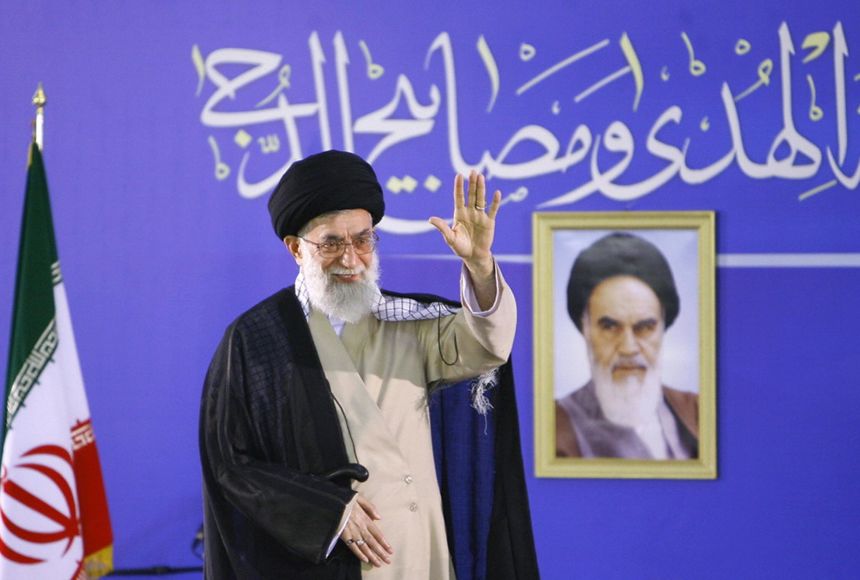ENCYCLOPEDIC ENTRY
ENCYCLOPEDIC ENTRY
Oligarchy
Oligarchy
Oligarchy is a form of government in which a small group of people hold most or all political power.
Grades
5 - 8
Subjects
Religion, Social Studies, Civics
Image
Iranian Supreme Leader Ayatollah Ali Khamenei
At times, other nations refer to Iran as an oligarchy, a derogatory term for governments ruled by a few individuals. The nation is led by Supreme Leader Ayatollah Ali Khamenei (shown here in Mashhad in May 2007) largely in coordination with 2,000 clerics.
Photograph by AFP via Getty Images

Media Credits
The audio, illustrations, photos, and videos are credited beneath the media asset, except for promotional images, which generally link to another page that contains the media credit. The Rights Holder for media is the person or group credited.
Director
Author
Production Managers
Program Specialists
Producer
Intern
other
Last Updated
October 19, 2023
For information on user permissions, please read our Terms of Service. If you have questions about how to cite anything on our website in your project or classroom presentation, please contact your teacher. They will best know the preferred format. When you reach out to them, you will need the page title, URL, and the date you accessed the resource.
Media
If a media asset is downloadable, a download button appears in the corner of the media viewer. If no button appears, you cannot download or save the media.
Text
Text on this page is printable and can be used according to our Terms of Service.
Interactives
Any interactives on this page can only be played while you are visiting our website. You cannot download interactives.